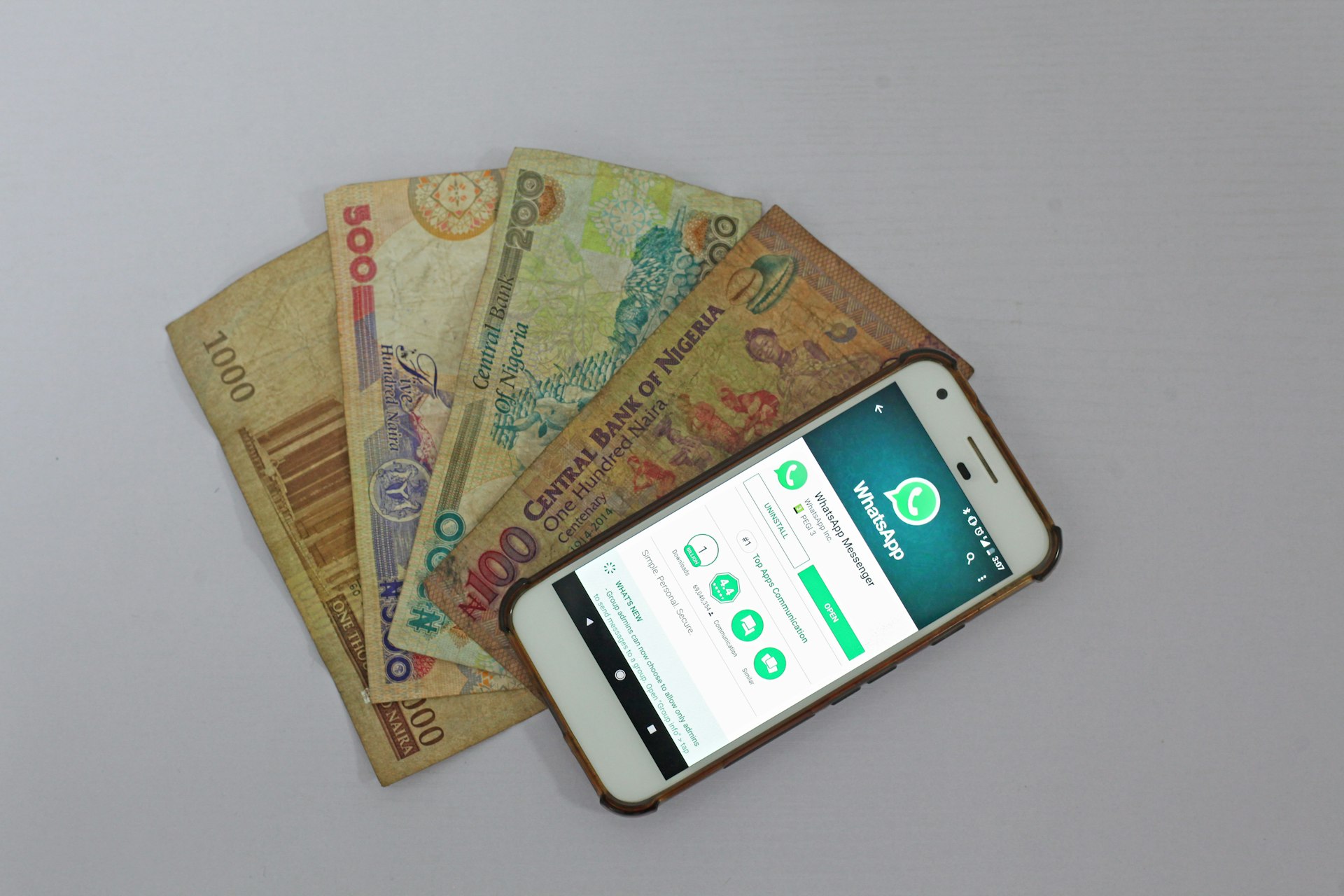Unlocking Business Opportunities in the Zero Waste Economy: Strategies, Examples, and Getting Started

Photo by Markus Winkler on Unsplash
Introduction: The Zero Waste Economy as a Business Opportunity
The transition to a zero waste economy is reshaping how businesses operate, innovate, and compete. As both consumers and regulators increasingly demand sustainable solutions, opportunities abound for entrepreneurs and existing companies to thrive by minimizing waste, reusing resources, and closing material loops. According to industry experts, zero waste strategies can unlock new revenue streams, reduce costs, and build brand loyalty [4] . This article explores actionable business models, implementation guidance, and real-world examples to help you tap into the zero waste economy.
Understanding Zero Waste: Principles and Business Impact
Zero waste is more than just recycling-it’s a framework that seeks to redesign resource life cycles so that all products are reused, and nothing is sent to landfill or incineration. For businesses, this means rethinking sourcing, product design, operations, and customer engagement. A zero waste approach can lead to significant cost savings, regulatory compliance, greater efficiency, and a competitive edge in the marketplace. Companies like Walmart, REI, and Apple have set industry standards by adopting zero waste commitments, influencing supply chains and customer expectations [4] .
Profitable Business Models in the Zero Waste Economy
1. E-Waste Refurbishment and Recycling
Electronic waste (e-waste) is one of the fastest-growing waste streams globally, with over 50 million tons discarded annually. Businesses can capitalize by collecting, refurbishing, and reselling used electronics or responsibly extracting valuable metals from devices that can’t be salvaged. Entrepreneurs have found success through local e-waste collection points, partnerships with schools and offices, and resale through online platforms [1] . For example, EcoATM provides kiosks for device buyback, while Apple’s Daisy robot dismantles iPhones for parts [2] .
Getting Started: Identify sources of used electronics in your community, set up a collection system, and research certified recycling partners. Consider starting small by refurbishing and reselling devices online. Startup costs can range from $50,000 to $200,000, but annual revenues may reach $100,000-$500,000 depending on scale [1] .
2. Upcycling and Product Innovation
Upcycling transforms waste materials into higher-value products, reducing environmental impact and creating unique offerings. Examples include turning ocean plastics into fashion items (e.g., Adidas sneakers), repurposing furniture, or converting plastic waste into construction materials. This approach attracts environmentally conscious consumers and can be launched with a small workshop or online store [2] .
How to Launch: Research local waste streams (plastics, textiles, wood), develop prototypes, and test market demand through platforms like Etsy or Facebook Marketplace. Consider collaborations with local artists or community groups for design inspiration and sourcing materials. Highlight the story behind your products to build a loyal customer base.
3. Zero Waste Retail and Services
Zero waste retail models, such as refill stores for pantry staples, personal care products, or cleaning supplies, have surged in popularity in urban centers [3] . These stores eliminate single-use packaging and offer products by weight, appealing to eco-conscious shoppers. Similarly, online resale stores for children’s clothes and toys or ethical fashion boutiques provide sustainable alternatives to fast fashion and disposable consumerism.

Photo by Khanh Do on Unsplash
Implementation Steps: Assess local demand for zero waste products, source bulk or packaging-free suppliers, and design a user-friendly store layout. Start with a focused product range and expand as customer interest grows. Engage customers through educational events on sustainable living and product use.
4. Education and Consulting Services
With the growing demand for sustainability expertise, businesses and institutions are seeking guidance on how to adopt zero waste practices. Offering workshops, training, and consulting services can be a lucrative opportunity-helping organizations conduct waste audits, set targets, and redesign processes. Zero Waste USA, for example, offers online classes for businesses interested in zero waste certification and planning [5] .
How to Get Involved: Build expertise through certification programs, such as those offered by Zero Waste USA or the Zero Waste International Alliance. Develop a portfolio of case studies and best practices. Market your services to local governments, schools, and businesses with sustainability goals.
Key Steps to Transition Your Business to Zero Waste
Whether starting a new venture or transforming an existing one, the following steps are essential for integrating zero waste principles:
- Conduct a Waste Audit: Assess the types and sources of waste generated in your operations. This can be done internally or with the help of a consultant.
- Set Measurable Goals: Define clear zero waste targets with realistic timelines. Examples include diverting 90% of waste from landfills within three years.
- Redesign Processes: Optimize production, packaging, and supply chains to minimize waste. This may involve switching to reusable packaging, sourcing sustainable materials, or redesigning products for longevity.
- Engage Employees and Stakeholders: Train staff on zero waste principles and create incentives for participation. Collaboration across departments is key to success.
- Partner with Sustainable Vendors: Work with suppliers that prioritize minimal packaging and provide take-back programs for end-of-life products.
- Monitor and Report Progress: Track key waste metrics and regularly update stakeholders on progress. Transparency builds trust with customers and investors [4] .
Challenges and Solutions in the Zero Waste Economy
Transitioning to zero waste is not without obstacles. Common challenges include finding reliable suppliers, managing upfront costs, and overcoming consumer skepticism. Solutions include starting with pilot initiatives, leveraging government or NGO support, and focusing on education to drive behavior change. Many organizations offer grants or technical assistance for sustainability projects-search for local or industry-specific programs, and connect with regional business development centers for guidance.
Case Studies and Success Stories
Leading companies demonstrate that zero waste is achievable and profitable. For instance, Apple has recovered tons of materials through its Daisy robot program, while IKEA’s furniture buy-back initiative has reduced landfill waste and opened new revenue channels [2] . Small businesses, such as local refill shops and upcycling studios, have built loyal followings and inspired community action. These examples highlight that businesses of all sizes can benefit from a zero waste approach.
How to Access Resources and Get Started
If you want to launch or transition a business in the zero waste economy, here are practical steps you can take:
- Research your sector’s waste streams and identify under-served needs.
- Develop a business plan that prioritizes waste reduction and circularity.
- Attend workshops or certification programs from organizations such as Zero Waste USA. Search for “Zero Waste for Businesses and Institutions” to find upcoming events and resources [5] .
- Connect with local sustainability networks, business development centers, or chambers of commerce for support and partnership opportunities.
- Consider joining industry groups or consulting with certified zero waste professionals to accelerate your progress.
For government grants or technical assistance, contact your regional economic development agency or search for “small business sustainability grants” through official government portals.
Conclusion: Seizing the Zero Waste Advantage
Businesses that embrace the zero waste economy are poised for growth, enhanced reputation, and a positive environmental legacy. By understanding the key sectors, following proven steps, and leveraging support networks, you can turn sustainability into a strategic advantage. Whether you choose e-waste recycling, upcycled products, zero waste retail, or consulting services, comprehensive planning and continuous improvement are vital for long-term success.
References
- Enterprise League (2024). 16 zero-waste business ideas with innovative solutions.
- Plerdy (2024). 20+ Eco-Friendly Business Ideas for a Sustainable Future.
- U.S. Chamber of Commerce (2025). 55 Trending Business Ideas for 2025 and Beyond.
- Emerger Strategies (2024). The Business Case for Zero Waste.
- Zero Waste USA (2024). Zero Waste for Businesses and Institutions.
MORE FROM moneysaversearch.com













